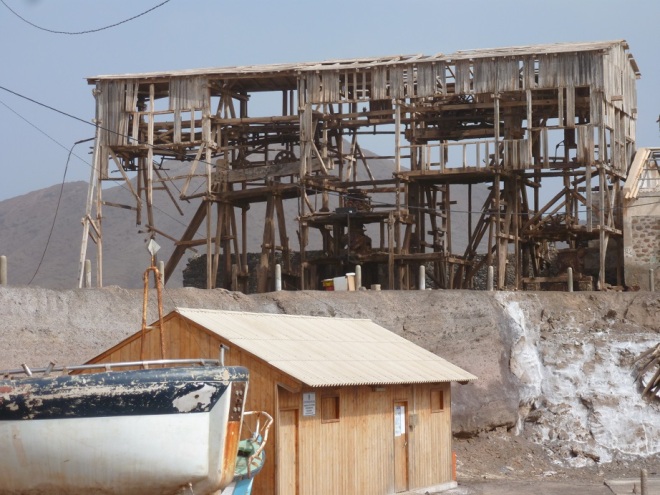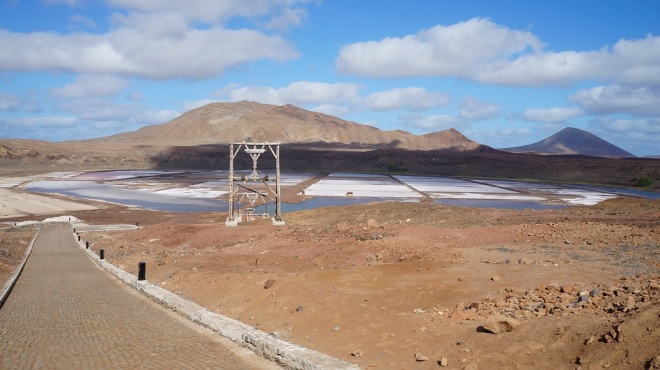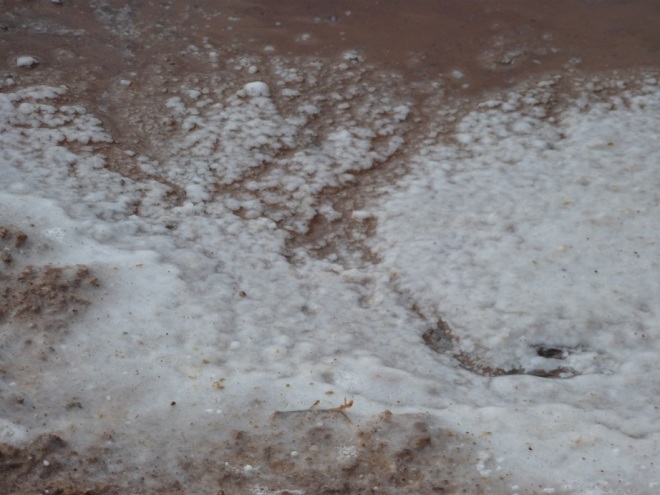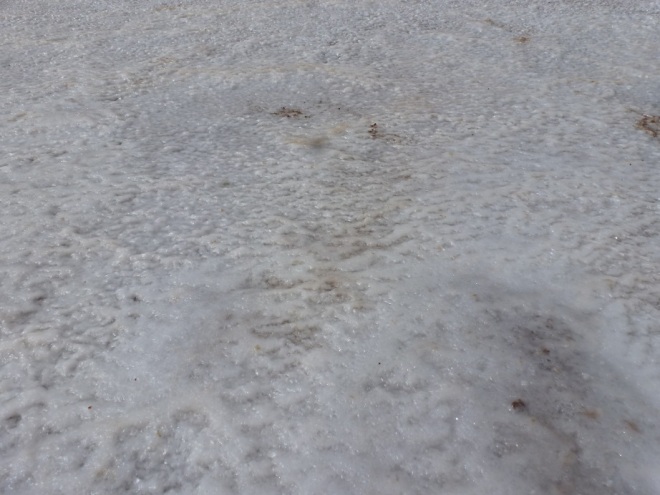Christmas in Cape Verde is somewhat different from the Northern hemisphere, wintery, let’s-cuddle-up-with-a-warm-blanket-and-drink-a-Glühwein celebration I grew up with. Christmas decorations here will go up about 2 weeks before the event and shops and bars will start playing Christmas songs round about the 20th of December. It’s heaven, I know.
As everything that is sold here has to be imported and subjected to a hefty import tax, not much can be bought. It’s a bit like East Germany 25 years ago. Sometimes you get lucky and sometimes there just is no turkey or goose to be had anywhere on the island. But we had duck roast and red cabbage and dumplings, so all was good.
Christmas Day is of course a public holiday, not surprising in a country where most people are catholics. Traditionally, free days are spent on the beach. Something we did last year. This year we opted for a different kind of amusement. Our nanny, who takes care of the little monkey when we are working, has never seen any of the sights Sal island has to offer. So we treated her to a private island tour in our pickup.
Which of course included a visit to one of the most historic places on the island: The salt mine (salinas) at Pedra de Lume, east of the island capital Espargos. The place holds a special significance for the island. After all, salt is what the island was named for, and salt is what brought the first settlers here. Granted, today Sal island makes its living mostly on tourist dollars, but the living museum the Pedra de Lume installations are today still exhibits how lucrative the winning of salt must have been back in those days.
Of course, the Pedra de Lume salt mine is not only historically interesting, it is also breathtakingly situated in the crater of an extinct volcano.
The crater is actually a natural salt pan as its bottom lies below the sea level, and the surrounding porous volcanic rock allows for sea water to enter. When the salt production was industrialised in the 18th and 19th century, a number of interconnected salt lakes was created, an access tunnel blasted into the crater rim, and a cableway for more efficient transport was built.
Nowadays, salt is not as valuable a commodity as it used to be, so the production stopped being profitable. Instead, tourism has taken over. The salinas, although declared a protected landscape by the Capeverdean government, were sold to a foreign investor who has established some kind of spa. At a steep 5 € one can enter the caldera and take a dip in one of the shallow lakes, where the high salinity makes you float like in the Dead Sea.
Salt is still produced on a very small scale and sold in souvenir shops in Santa Maria.
What I found most intriguing was wandering around and admiring the artwork that the salt has created with a little help from wind and sun.
Sometimes the salt looks like icing, and sometimes the resemblance with ice crystals is astounding. And some areas appear to be snowed in – in 30°C.
Personally, I much prefer mock snow over the real deal.
Anyway, whereever in the world you are, whether you have snow or summer or something inbetween, I wish you a great start into the new year. May it be full of adventure and happiness.









